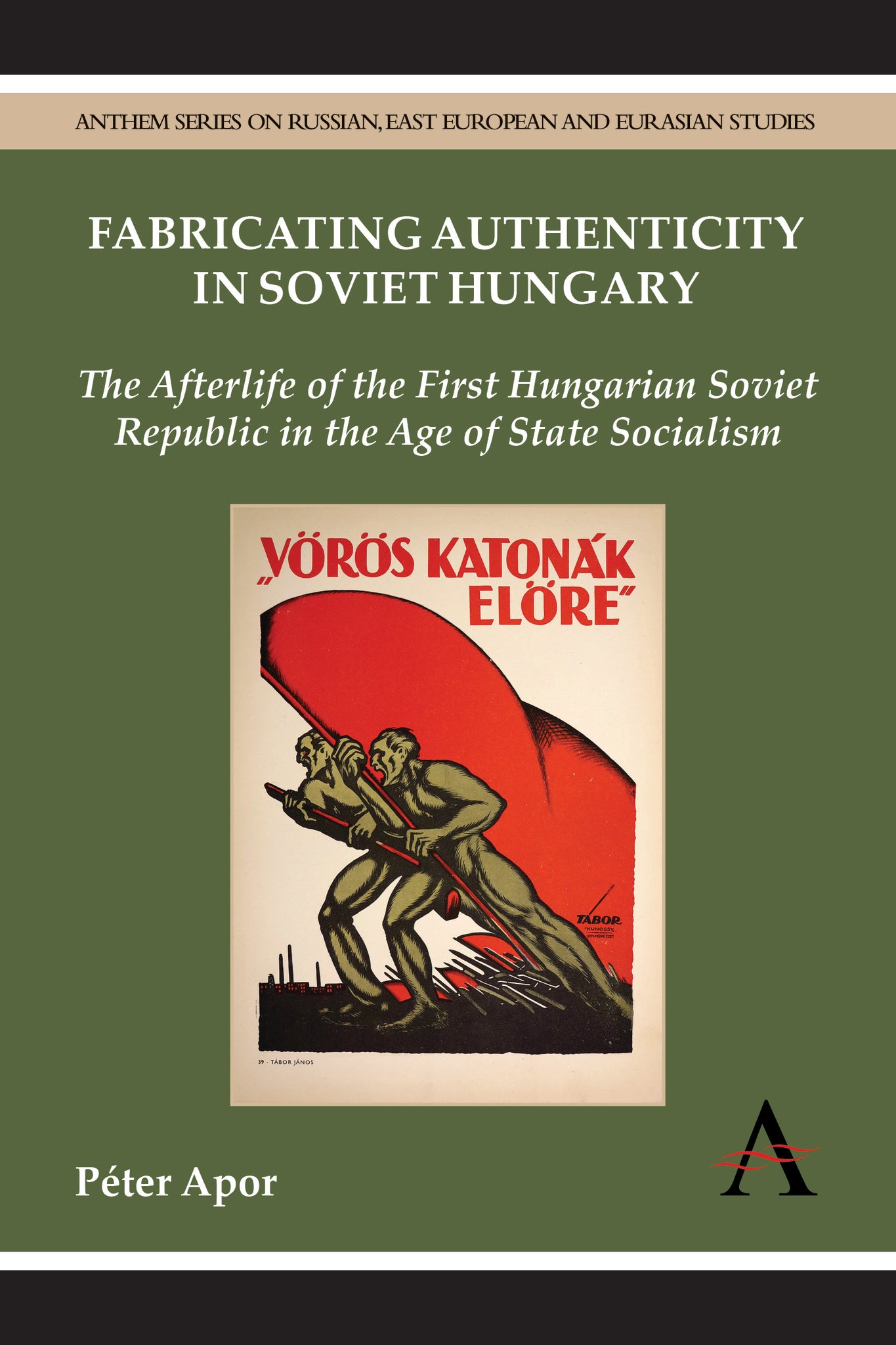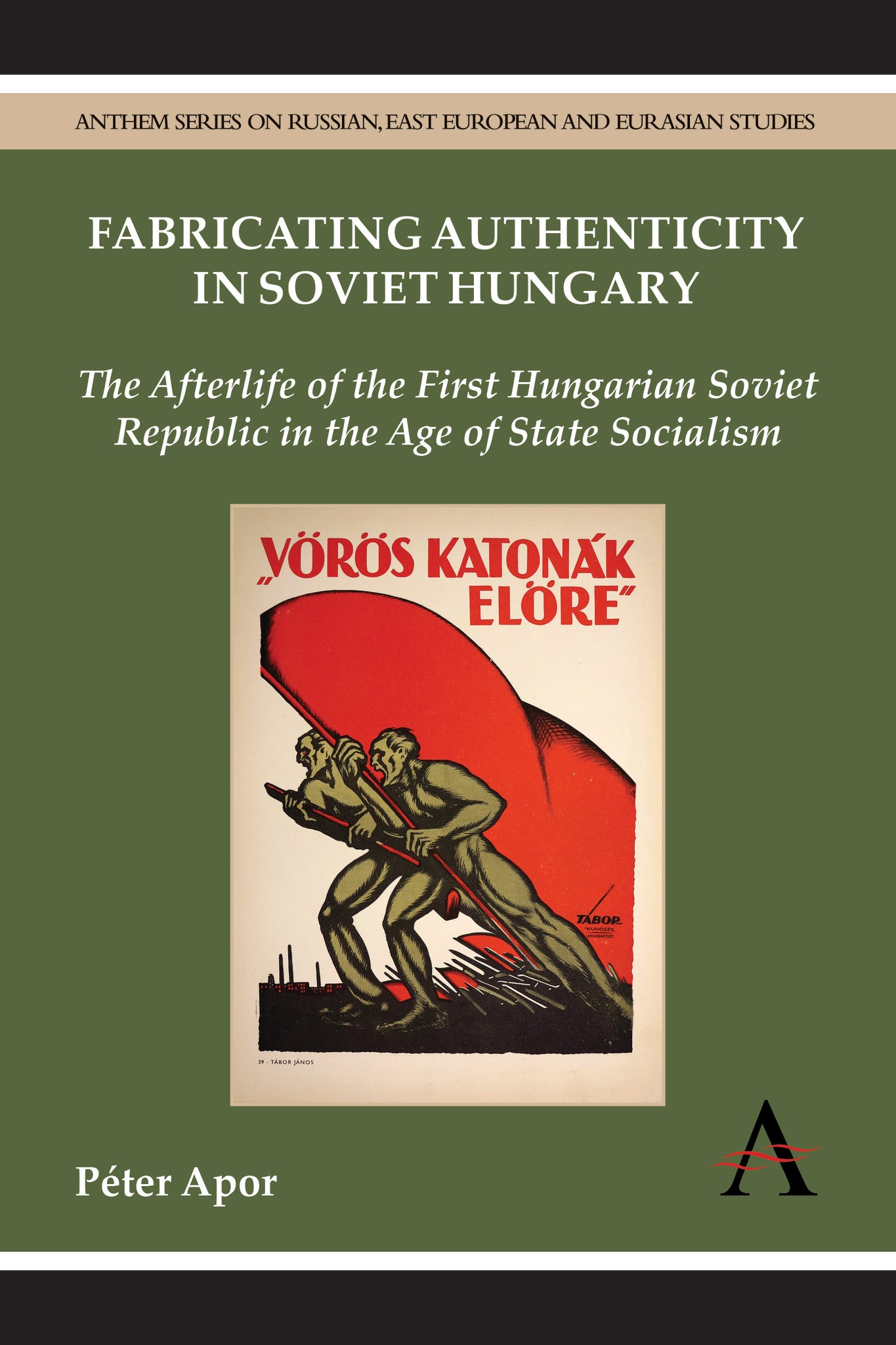We're sorry. An error has occurred
Please cancel or retry.
Fabricating Authenticity in Soviet Hungary

Some error occured while loading the Quick View. Please close the Quick View and try reloading the page.
Couldn't load pickup availability
- Format:
-
01 March 2014

This book explores the memory of the First Hungarian Soviet Republic of 1919, which proved crucial for communist Hungarian political culture in the twentieth century. Apor approaches the topic in an innovative way, focusing on the understudied aspects of European memory cultures. Offering great insights on how a dictatorship remembers and the concept of authenticity, Apor’s study integrates the broad range of processes through which history is sought to be rendered authentic. The volume successfully reveals the crooked history of the retrospective revisions of the iconic First Republic between the years of its 30th and 40th anniversary, 1949 and 1959.

HISTORY / Europe / Austria & Hungary, European history, HISTORY / Russia / General

‘Péter Apor offers innovative, theoretically grounded interpretations of the Communist memory politics. This book is an important work on the history of East European Communism.’ —Gábor Gyáni, Research Professor, Institute of History, Hungarian Academy of Sciences, and Visiting Professor, Central European University
Acknowledgements; List of Illustrations; List of Abbreviations; Introduction; Chapter 1: Prefiguration: The First Hungarian Soviet Republic and the Rákosi Dictatorship before 1956; Chapter 2: Resurrection: The Emergence of 1919 and the Counterrevolution after 1956; Chapter 3: Lives: 1919 in the Postwar Trials of War Criminals; Chapter 4: Funeral: The Birth of the Pantheon of the Labour Movement in Budapest; Chapter 5: Narration: History, Fiction and Proof in the Representation of the First Hungarian Soviet Republic, 1959–65; Epilogue: The Agitators and the Armoured Train; Index



